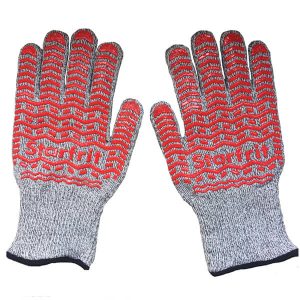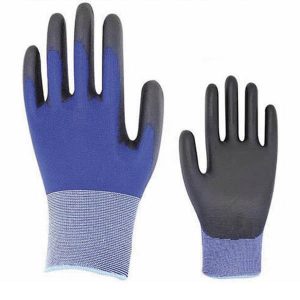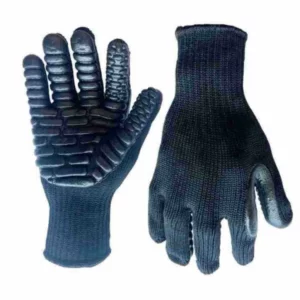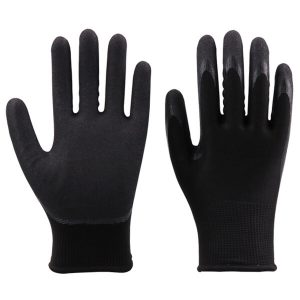Because cut-resistant gloves are generally more expensive than your run-of-the-mill pair of work gloves, they need to be taken care of, so that they will last for many more uses. One of the ways you can prolong the life of your cut-resistant gloves is by keeping them clean. In an industry that deals with a lot of dirt and grime daily, that might be difficult to do, but there are things you can do to ensure that your cut-resistant gloves are still in good working condition.
Regular work gloves can also be cleaned. But many of them will start showing signs of damage such as fraying and loosening of the wrist area after 10 consecutive washes. If the yarn is used to make the gloves, shrinkage of the yarn can also happen.
When determining how you can wash your cut-resistant gloves, you should first turn to the specifications of the manufacturer. Two gloves from different companies might use the same type of material but may have different specifications on how you can keep the gloves in good condition.
In the case of Dyneema, washing and drying do not have an effect on the quality of the material used. Even when exposed to higher temperatures in the washing and drying machine, Dyneema material holds its own.
If you have some more money to spare, you can have your Dyneema cut-resistant gloves dry-cleaned. Otherwise, just put it in your washer where it can be cleaned with the use of a regular detergent and water. Once done, you should hang it up to dry. Tumble drying it on a low heat setting is also the best thing to do.
For HPPE work gloves, it is recommended to use cold water when washing them. You can also dry clean them to prevent wear and tear. But unlike other materials, HPPE is resistant to bleaching. You can apply a small portion of bleach to get rid of stains and then wash it like you would a regular laundry cycle. HPPE gloves should not be subjected to heat, so they should be air-dried only.
Kevlar is the most flexible when it comes to keeping it clean just because it is resistant to shrinking. You can use hot water and your preferred brand of laundry soap and it won’t suffer from any damage. You can also put it in the dryer and tumble dry it using a low heat setting.
However, Kevlar should not be treated with bleach or any kind of strong and acidic cleaning material. Bleach is strong enough to affect the fibres of Kevlar, so if you don’t your Kevlar work gloves to fall apart, keep them away from bleach.
For nylon gloves, you can wash them in warm water using your regular detergent. Best hang it up to dry or use your dryer but only on low heat.
For cut-resistant gloves made from polyester or cotton, be sure to use warm water no higher than 105 degrees Fahrenheit. You can use regular detergent. Once clean you can tumble dry it even at medium heat settings.




